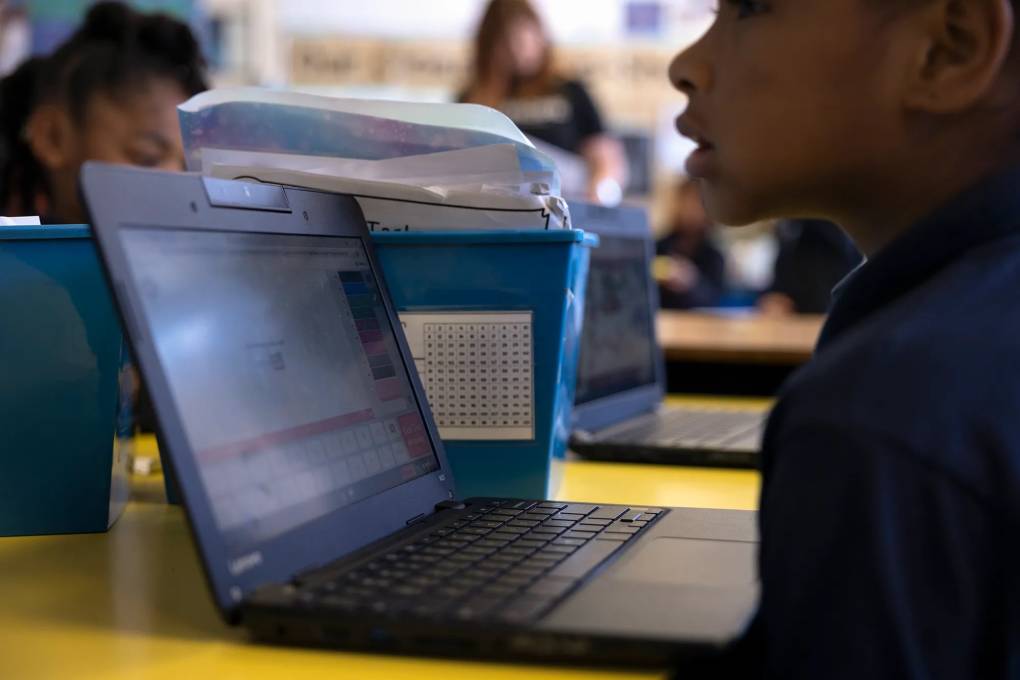Pushing back against the surge of misinformation online, California will now require all K-12 students to learn media literacy skills — such as recognizing fake news and thinking critically about what they encounter on the internet.
Gov. Gavin Newsom last month signed Assembly Bill 873, which requires the state to add media literacy to curriculum frameworks for English language arts, science, math and history-social studies, rolling out gradually beginning next year. Instead of a stand-alone class, the topic will be woven into existing classes and lessons throughout the school year.


Fuuuk how could you possibly make that choice when presented with both?!?
Because tabloid trash is written specifically to appeal to casual readers with buzzwords, colourful pictures, and manufactured outrage. Scientific journals are dry and use big words and academic terms. They probably didn’t read past the first two sentences.
I’m not a teacher, but I’ve worked with 14-15 years olds to learn them critical thinking, the scientific principles and about humanism. Not one of them could distinguish between a opnion piece and reporting
And after your teaching them the difference? How many could differentiate then?
I think I’d rather not know the answer.
New York my boy. New York knows all the things. Unlike science, which cant even do god just a little bit.